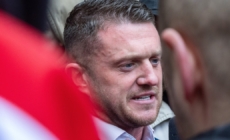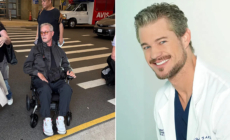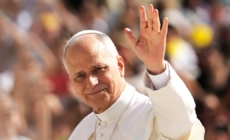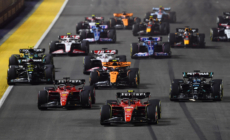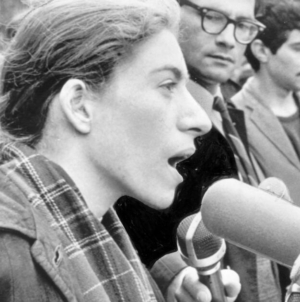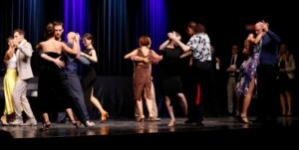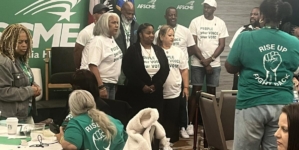L-R: Dr. István János Kovács, acting Director of the HUN-REN Research Institute for Geophysics and Space Science in Sopron, Prof. Dr. Attila Fábián, Rector of the University of Sopron, research astronauts Gyula Cserényi and Tibor Kapu with event moderator Judit Huszár
On August 18, Tibor Kapu, Hungary’s second research astronaut, returned to Budapest from America after his mission on the International Space Station (ISS). He continues to be celebrated, receiving the country’s highest honor, however, the true significance of his journey lies not in the honors themselves, but in the bridge that he and his colleague, reserve research astronaut Gyula Cserényi, are building between the often abstract world of science and the wider society.
For decades, science in Hungary was considered by many to be a completely different world—a world of experts who work behind closed doors and arouse little interest among the general public. Research findings, whether in physics or space travel, seemed “irrelevant” to everyday life. But the Hungarian space program HUNOR has successfully broken through this wall.
Tibor Kapu and Gyula Cserényi are the faces of a new era.
Their lectures attract crowds, from schoolchildren to pensioners. At an event in Sopron (western Hungary) on Saturday, which was actually a theater season opening, an additional room had to be opened to accommodate all the visitors. The interest was overwhelming and showed that people are very curious about science when it is presented in an accessible and human way.
The audience gathers before the lecture in Sopron. Photo: Hungary Today
The two astronauts manage to recount their experiences in such a way that the audience can relate to them. When Tibor Kapu talked about how he introduced the astronauts on the ISS to the Hungarian paprika cream “Erős Pista” or Gyula Cserényi joked that he had to point out the correct Hungarian spelling of his monogram (it is Gy. Cs. because of the Hungarian double consonants – editor’s note), the audience felt represented. They recognize that the mission was not only a scientific project, but also a national achievement carried out by real people with their own culture and humor.
However, Tibor Kapu and Gyula Cserényi have the greatest impact as role models. Their lectures inspire the next generation of scientists.
The shining eyes of children of different ages who attentively follow their often lengthy lectures are a promise for the future. They could become the researchers of tomorrow, finding the courage to pursue a scientific career and advance research in Hungary and around the world thanks to this unique example.

Dr. István János Kovács, acting Director of the HUN-REN Research Institute for Geophysics and Space Science, Prof. Dr. Attila Fábián, Rector of the University of Sopron, research astronauts Gyula Cserényi and Tibor Kapu, and event moderator Judit Huszár (left to right) on stage. Photo: Hungary Today
The astronauts do not limit themselves while making research understandable to the general public, while also sparking a deep interest in very specific scientific topics. Tibor Kapu’s fascinating report on “ring sprites,” a rare meteorological phenomenon that occurs above the clouds during thunderstorms, will undoubtedly boost attendance at related lectures at events such as Researchers’ Night in Sopron.
They link abstract science with tangible, captivating stories.
This connection between science and humanity was particularly noticeable during a humorous moment on stage. When Tibor Kapu had trouble opening an energy bar developed especially for astronauts by the University of Sopron, Gyula Cserényi came to his aid with a small pocket knife from his trouser pocket. This spontaneous, everyday act remains in the memory and shows the audience that scientists are not unapproachable geniuses, but also normal people who struggle with the same problems. Moments like these make science human, approachable, and accessible. They teach us that behind every formula and every experiment there are not only complicated equations, but also curiosity, teamwork, and a sense of humor.
Overall, the HUNOR program shows that
Hungarian science needed astronauts and will continue to need them.
They are not only data collectors in space, but also ambassadors on Earth. They bring science to life, inspire talent, and build a bridge between research and society that is invaluable for the future development of our country.
Related article
Special Event Brings Together Four Hungarian Astronauts

Bertalan Farkas, Charles Simonyi, Tibor Kapu, and Gyula Cserényi shared insights from historic missions and scientific research together for the first time. Continue reading
Featured photo: Hungary Today
The post Our Astronauts Inspire Science in Society appeared first on Hungary Today.
Source link





